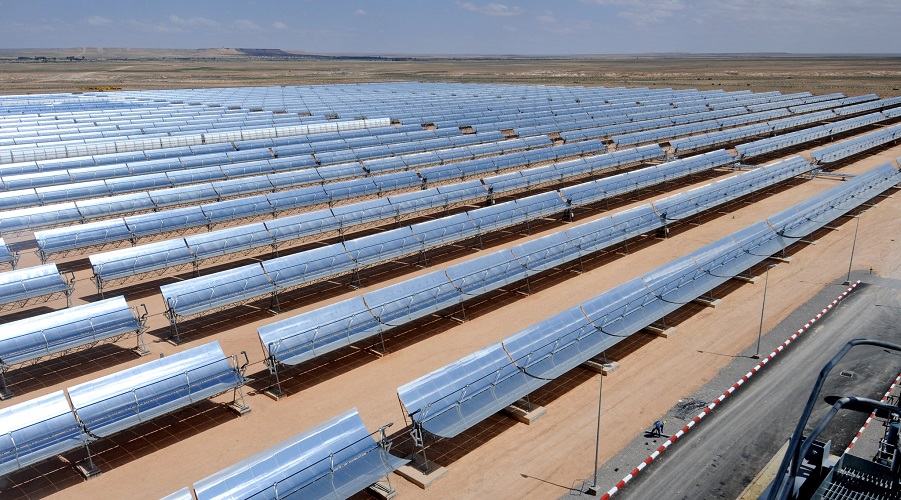
A more sustainable extractive industry would provide a cornerstone for the fulfilment of the SDGs, for example, by supplying key raw materials for building infrastructure (SDG 9) and the production of wind and solar technologies (SDG 7).
It is clear, however, that mining will never be able to achieve all the goals of sustainable development, such as eliminating the use and consumption of non-renewable raw materials. In light of this, the authors recommend that changes should be guided by the concept of “weak sustainability”, which focuses on achieving ambitious yet realistic targets. This approach allows for the use of non-renewable resources if this contributes to other sustainability goals such as renewable energy generation.
In the authors’ view, the first step toward this path is improving governance. They believe this will require the participation of diverse stakeholders at different levels, from individual companies to international policymakers.
Based on their analysis, the researchers recommend the following concrete steps:
- Planning and management at the organizational level: Companies and investors are responsible for incorporating sustainability indicators into their decision-making and controlling activities. Sustainability must become an integral part of the accounting system.
- Regional and national regulations: All mining activities are embedded in the context of regional and national regulations. These should be guided by the three dimensions of sustainability: environmental, economic, and social. In particular, regulations should offer incentives – such as tax reductions for excellent sustainability performance or penalties for violations of sustainability goals – this can offset the financial burden for investments in sustainable operations. In addition, regional regulations should ensure the active and effective participation of local communities and stakeholders in shaping operating conditions.
- Voluntary agreements and certification systems in the industries: Benchmarks for the ecological, economic, and social sustainability of mining operations should be agreed at the international level. Clear provisions for measurement, monitoring, and compliance management are needed. This could be facilitated by national mining associations but also by large standardization organizations such as the International Organization for Standardization (ISO).
- Global governance structures: Regional and national regulations should be harmonized worldwide. A global agreement of this kind could still include mechanisms to reflect specific regional circumstances. A new secretariat or unit could be created at the United Nations to govern mining worldwide. The more sustainability evolves into a key driver for change, the more the global community needs a forum in which rules for mining can be developed, negotiated, and implemented.
- Financial instruments (green investment funds): The financial sector can support the shift toward sustainability by incorporating sustainability indicators into decision-making about loans or when rating agencies rank companies’ performance.
In the authors’ view, however, to achieve such commitments a certain level of compromise must exist.
“The regulation of mining activities will always entail trade-offs, for example, between opportunities such as facilitating the energy transition, innovative battery design and e-mobility on the one side and risks for ecosystems and communities on the other side,” first author Ortwin Renn said in a media statement. “It is important to find the right balance that ensures shared benefits, supports sustainable development as a whole and reduces the risks.”
For Renn and his colleagues, creating a sustainable mining sector will require policies that put environmental, economic, and social sustainability at the top of the agenda.



